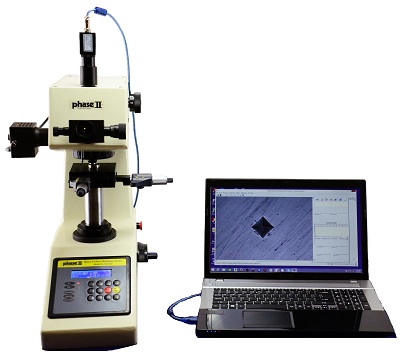Have the Giraud, got AMP recently, really impressed. Until tonight.
I ran Aztec on a 50 BMG RWS case and got my code during setup. Tonight I was bored and figured I'd check some other manufacturer brass, just to see and record the different codes. So I did a LC '95 case. Code was higher. Great. Did a Lapua 50 BMG case. Code was between LC and RWS. Great. Then I said to me-self, Amigo, run that Lapua case again. The first time it was 2274. I ran it again. It wasn't even close. I forget the number. Cuz I apologized for me AMP machine and me said to me-self, Amigo, it's because the first time it deformed the neck so of course it's a different number the second time. So I got me 2 new unfired Lapua cases like the first, from the same box and the same lot. Mind you, these are $5.50 a piece. And the next one was 2269 and the third one was 2282.
So, these are not so far off from one another me says to me-self, but then me gets to thinking. If a f'n Lapua case, considered the best in the industry, with the possible exception of RWS/RUAG (I ain't burning any more of those up!) has a *variability* of this "perfect" code of 13 points, what point is it to be "perfect"? Cuz the Lapua brass ain't "perfect"! And if there is that much variability in the brass, then why do we need these codes to be so precise? Why not round to the nearest 5 or 10?
I suspect there's some clever marketing at work, and EVEN IF the machine is so precise, it doesn't matter because the signal from the machine is lost in the noise of brass variability.
Let that sink in for a few minutes, all of you, who like me, touted the "set it and forget it, it's perfect" sales pitch of the machine.
Hell, I may be better off with Tempilaq and me Giraud flame annealer.
Go burn up $20 of Lapua brass and come back and tell me what you find.
I ran Aztec on a 50 BMG RWS case and got my code during setup. Tonight I was bored and figured I'd check some other manufacturer brass, just to see and record the different codes. So I did a LC '95 case. Code was higher. Great. Did a Lapua 50 BMG case. Code was between LC and RWS. Great. Then I said to me-self, Amigo, run that Lapua case again. The first time it was 2274. I ran it again. It wasn't even close. I forget the number. Cuz I apologized for me AMP machine and me said to me-self, Amigo, it's because the first time it deformed the neck so of course it's a different number the second time. So I got me 2 new unfired Lapua cases like the first, from the same box and the same lot. Mind you, these are $5.50 a piece. And the next one was 2269 and the third one was 2282.
So, these are not so far off from one another me says to me-self, but then me gets to thinking. If a f'n Lapua case, considered the best in the industry, with the possible exception of RWS/RUAG (I ain't burning any more of those up!) has a *variability* of this "perfect" code of 13 points, what point is it to be "perfect"? Cuz the Lapua brass ain't "perfect"! And if there is that much variability in the brass, then why do we need these codes to be so precise? Why not round to the nearest 5 or 10?
I suspect there's some clever marketing at work, and EVEN IF the machine is so precise, it doesn't matter because the signal from the machine is lost in the noise of brass variability.
Let that sink in for a few minutes, all of you, who like me, touted the "set it and forget it, it's perfect" sales pitch of the machine.
Hell, I may be better off with Tempilaq and me Giraud flame annealer.
Go burn up $20 of Lapua brass and come back and tell me what you find.


